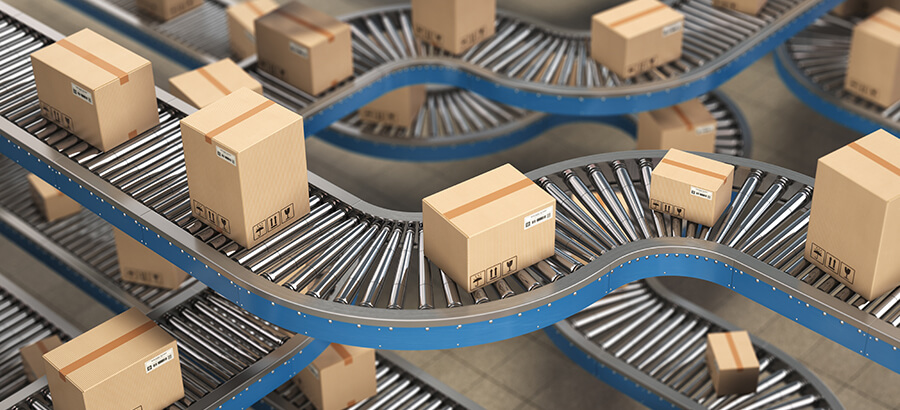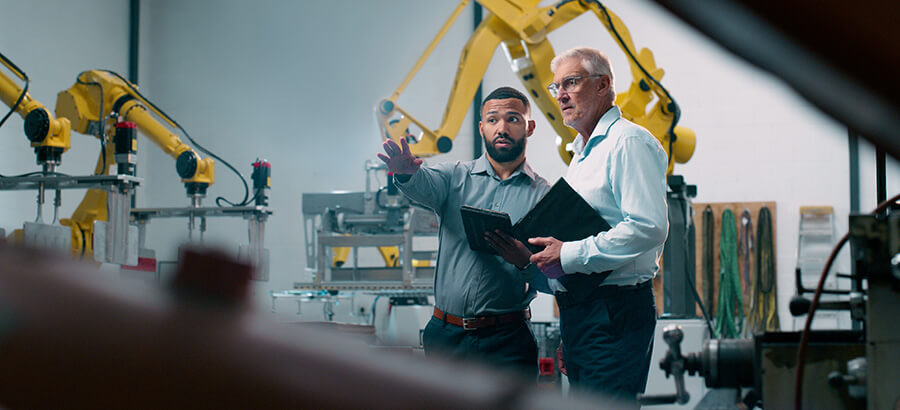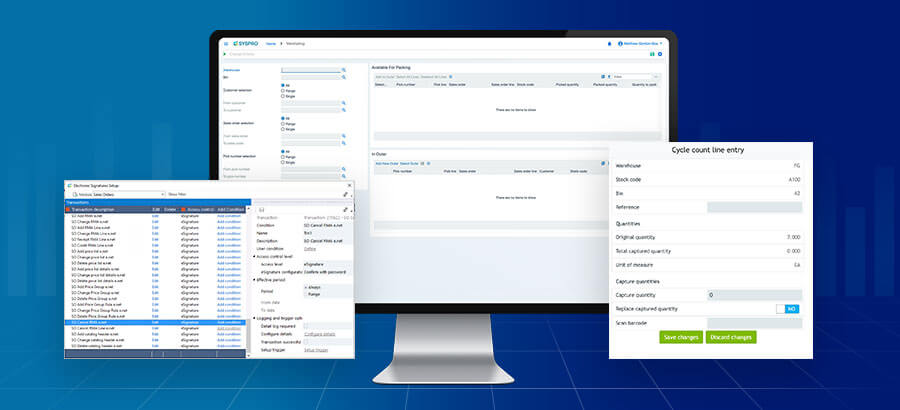What do exploding phones, automobile exhaust emission problems, and food and drug contamination have in common? They embroiled the companies that made and distributed them in a complex and costly product recall process.
The impact of recalls
Product recalls are one of the biggest risks that manufacturers and distributors have to face. According to the insurance industry the average cost of product recall claims is over US $1 million. In two of the most impacted sectors – automotive and food and beverage – that cost rises to nearly $10 million. Those costs don’t even take into account the reputational damage that companies face.
Product recall event costs
| 2016 exploding phones Estimated cost: $5bn+ | 2015 airbag errors Estimate cost: $25bn+ | 2014 auto ignition issues Estimated cost: $4bn+ |
| 2010 Hip hiccups Estimated cost: $3bn+ | 2008 peanut contamination Estimated cost: $1bn+ | 2005 arthritis drug recall Estimated cost: $3bn |
Source: www.agcs.allianz.com/news-and-insights
No one is immune from product recalls – it’s not just in regulated industries, like food and pharmaceuticals, where recalls have to be seriously considered. Businesses have been forced to initiate recalls because they discovered cases of child labor in their supply chain.
Top 5 industry sectors impacted by product recalls
| Automotive/ industrial suppliers | Food/beverage | IT/electronics | Retail | Manufacturing/ packaging/metal processing/industrial machinery |
Source: www.agcs.allianz.com – Product Recall: Managing the impact of the new risk landscape
The need for traceability and quality control
With the risk that companies face when it comes to recalls, and regulations which now enforce the drive for quality and compliance, it’s becoming increasingly important for manufacturers and distributors to have business systems in place that can trace back, trace forward and detail any modifications done to a product throughout its lifecycle.
For anyone involved in managing quality control or compliance across the manufacturing and supply chain, the solution you need should enable traceability across these areas:
- Suppliers and their products that enter your organization
- Components, products and processes within the organization
- Products delivered products to customers
Supplier traceability
These days manufacturers need to have full visibility of product recall or return activities and be assured that they are being handled correctly and efficiently. This is not only important for traceability but also to enable quality control in the procurement and supplier returns process.
The trigger for a product recall or return is usually a quality issue with raw materials or finished goods, or because of customer complaints. When that happens it’s important to have an efficient method to make sure items are returned to or repaired by a supplier and that there is full tracking of the item until the process is completed.
What happens if you need to request quotes from one or more suppliers? Sending out RFQs (Request For Quote) used be a laborious manual process, but with the power that online collaboration tools now provide, organizations can look at automating the creation of RFQs from a requisition, and allowing suppliers to access RFQs online.
Returns and recalls don’t just impact the product and supply chain parts of a business, there are accounting changes that have to be updated. With an integrated ERP system, the original purchase order can be flagged so you have traceability of the product history. Other accounting items – cost variances, goods received notes, credit notes, and purchase orders – can also be updated. Of course, inventory should also be updated, such as recording that returned goods are quarantined until the supplier agrees to accept them, and that stock is removed from inventory when the items are returned.
Process traceability
With a traceability system in place, manufacturers not only have the benefits of verifying the location, history and application of items moving through their production process, but information from the system can be used to swiftly trace and isolate stock which is defective at the touch of a button, be it spoiled, damaged, hazardous or of inferior quality.
To implement a robust traceability system, collaboration is required among different teams – production, quality control, warehouse management, customer service and support – to identify the materials and items that require traceability, and decide how information needs to be recorded during the manufacturing and dispatch process. This may include:
- the initial receipt;
- what raw materials went into the product;
- how long, where, and under what conditions items were stored in the warehouse;
- when and how the product was delivered;
- what customer service interactions occurred; and
- important documentation such as specifications, certifications and quality records.
For full visibility and compliance it’s not just forward traceability, from raw materials to shipment that is needed but also backward, from shipment to raw material receipt from suppliers.
Particularly important for the food and beverage industry is the ability to quarantine and place products on hold, and trace and report on affected products.
With the risk of product recalls on the rise, manufacturers and distributors should seriously consider implementing a recall management system. This gives access to all the critical information needed to track a suspect product through its lifecycle, it should supply the information needed to identify, isolate and action activities that occur within a predetermined recall time, and ensure that regulatory reporting requirements are met. Like fire drills help prepare for bad events, a recall management system allows you to practice mock recalls so you can test your traceability systems and ensure a recall can be completed in the predetermined time limit. Your recall system should offer reports of mock and actual recalls to assist you in complying with industry and legislative requirements.
Customer traceability
Having an accurate record of customer interactions about your products is essential in this era of heightened customer expectations, so you can track complaints and how they were serviced. This information is also critical for those responsible for quality control and monitoring as they can use the customer complaint information to see how to improve the supply and manufacturing process.
Even if your organization does not need a formal quality accreditation, such as ISO 9001, you cannot manage customer complaints these days by logging emails or phone calls in a spreadsheet or a simple database. An effective customer complaints system not only supports the capturing, management and resolution of complaints, but also simplifies the process of reviewing and escalating product defects and service issues to prevent them reoccurring.
Improving quality and traceability for materials, products and processes
With greater traceability in both the product lifecycle and supply chain, manufacturers and distributors can mitigate the impact of product returns and recalls, and review existing materials, products and processes to ensure the chance of such events re-occurring is reduced.
With SYSPRO’s latest ERP release, SYSPRO 8, capabilities have been introduced to manage product recalls and support greater traceability, compliance and quality control within the enterprise, and across the supply chain. This will allow organizations to develop and improve quality management, devise and review specifications for raw materials, products and processes, both within the organization and with suppliers, and monitor compliance.






